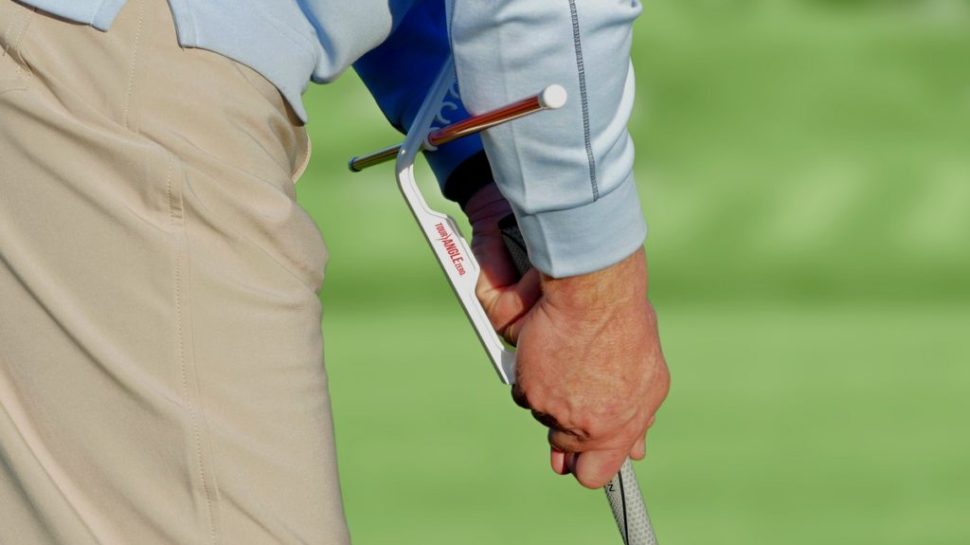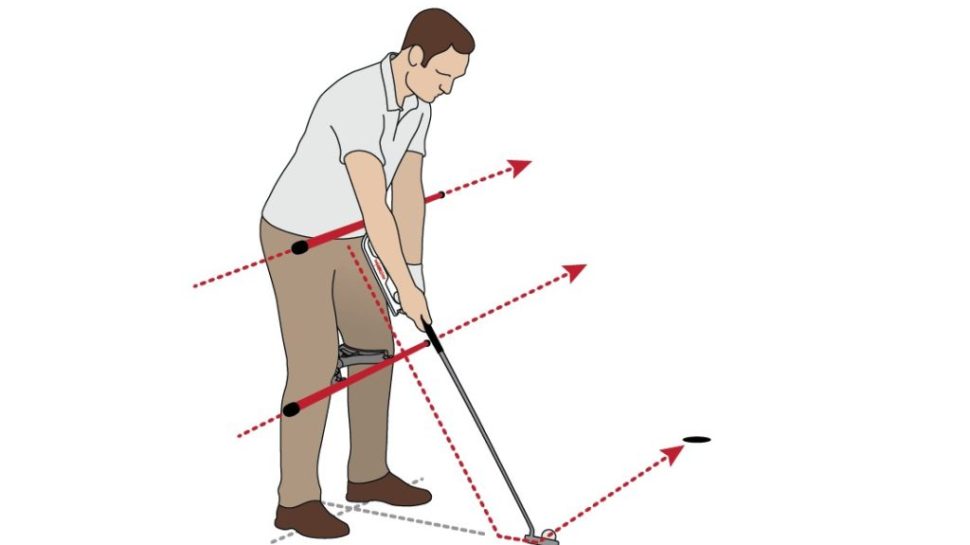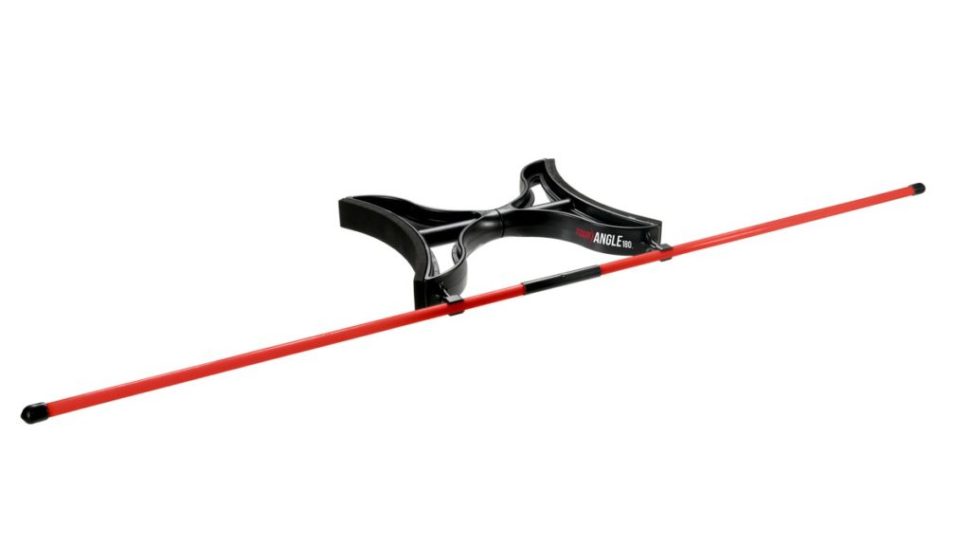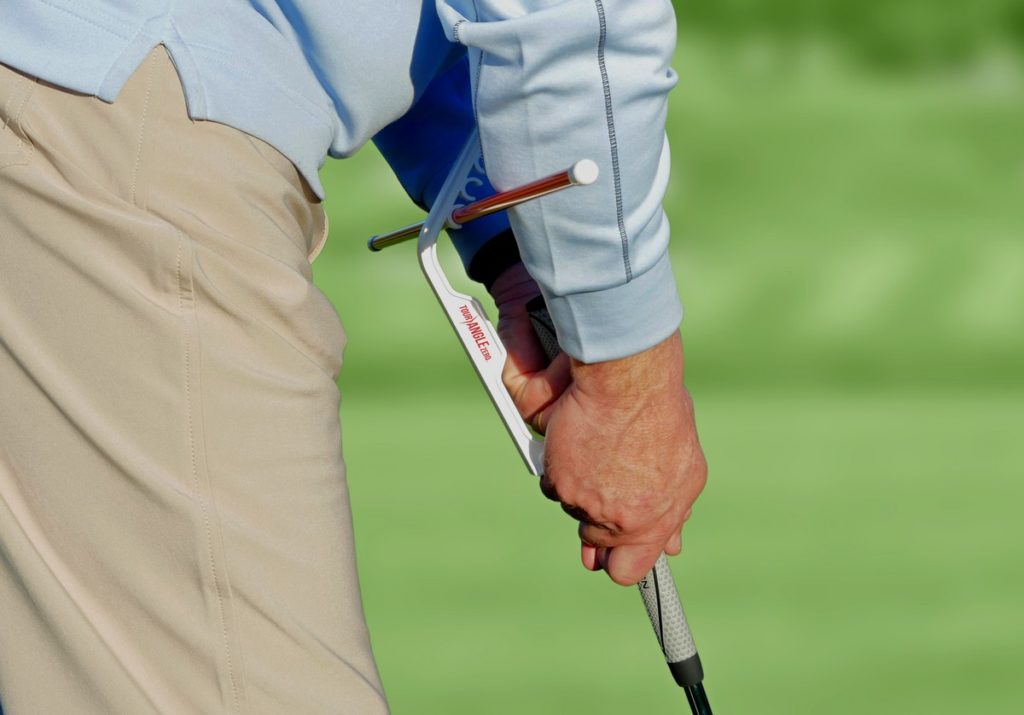
Backgrounder —
20 consecutive years a GOLF Magazine TOP 100 Teacher in the US, National PGA Adjunct Faculty, PGA Certified Instructor, Golf Digest Best in State, 2 time MAPGA Teacher of the Year, written numerous articles for Sports Illustrated, GOLF Magazine, and many other publications, GOLF Magazine “Best of” books published.

The Bosdosh Story —
Teaching golf is my passion, I love watching the look on a students face when I help them hit the shot they always wanted too, or fix their dreaded bad shot. The difficulty in this is players never do what they feel, and they only do about 10% of what I ask them to do. Everyone learns differently, what works for one player doesn’t necessarily work for the next.
The Tour Angle products help bridge that gap between what they think they are doing and what they actually are doing in their swing or stroke. Players do not get better because most everyone will practice poorly or plain wrong. Not because they want to but because they just don’t do what they think they are doing, feel and real are different. The TA products give the players something accurate to look at, to feel so they learn to practice more correctly.
***
What was the genesis for the Tour Angle?
David Kardos, the original design/inventor of the TA 144, wanted to find a solution for the average golfer to set up the same way with each club every time. This had to be done with a simple and yet effective training aid. That has continued with the new products TA Zero, 360, 360XL. All simple, effective ways to train that will help you set up better, aim better, and make better strokes. All of this leads to making more putts which lowers your scores.

Training aids have been a constant fixture in the golf industry for many years — why do you think that is?
I’ve never met a golfer that wanted to get worse, everyone wants to get better, hit it longer, straighter, make more putts, shoot lower scores. Training aids assist in this quest to become better.
Given your active involvement as a top 100 teacher what sparked your interest in Tour Angle?
When David first brought the product to me, I thought for sure he was wrong. Couldn’t be correct. Until I started looking at his research, and then when I tried the product the very first time it felt different. I knew it was changing my swing, which was a good thing! Simple, effective training aids that help golfers practice more correctly is what we all are after.
What differentiates Tour Angle from other products in the training aid category?
The TA products don’t make you do it correctly like some others, they give you feedback on when you did it correctly or incorrectly, which to me is a huge key. They alert you with feedback that is accurate as to if you are setting up properly. The set up to me creates a “ripple effect” good or bad as the swing or stroke unfolds.
Start correctly, and I see less compensations. Start poorly, I see all kinds of swing and strokes errors. You can fix many of the in-swing mistakes with a better set up, and since you aren’t moving theirs no reason you cant set up like the best PGA Tour Player in the world.
How do you incorporate Tour Angle into your teaching efforts?
I simply place the product in the students hands and let them tell me what the feed back is, what the feel is. It will show them what they are tending to do wrong all by themselves.

From your experiences in teaching — what’s the biggest reason many training aids prove ineffective?
Many training aids force the player into the correct move, the body then fights that feel so when you take the aid away the body actually does the wrong move. The TA products simply show you what you are doing, and you can easily see and feel how to make the corrections on your own.
One of the main reasons people are not taking to golf or dropping out quickly is the frustration level in attempting to get better. How does Tour Angle expedite their enjoyment and likely staying with the sport?
Most golfers practice wrong, which is why the more they practice the worse they get! You must use training aids that help bridge this gap. Golf is a hard game, but if you work on the correct stuff, you will improve. Our products help bridge that gap.

If you could change one thing in golf unilaterally — what would it be and why?
Make the game more enjoyable for all by making the cup bigger and courses shorter, maybe 3 and 6 hole courses.
The major golf organizations — USGA, R&A, PGA of America, PGA and LPGA Tours, are all seeking ways to attract Millennials, women and minorities to the sport. If you were counseling them what would you advise they be doing?
Lets make it fun again. Relax the rules, welcome the juniors at the youngest of ages, maybe day care at the courses, don’t be so stuffy with dress codes, place computer screens for gaming on the golf carts, have 3 and 6 hole loops/rates so you don’t have to play 9 or 18.
Those at the higher handicap levels have not really improved from a handicap perspective even though the technology of golf clubs and balls certainly has. Why is that and how do you see teaching becoming more helpful in 2020 and beyond?
Players do not get better because they train and practice incorrectly. Not because they want to but because they just don’t know. We have to bring about training aids that bridge this gap, ones that are fairly inexpensive, easy to use, easy to take to the range, and gives accurate feedback showing players what they are doing.
***
For more info go to:
www.tourangle.com
